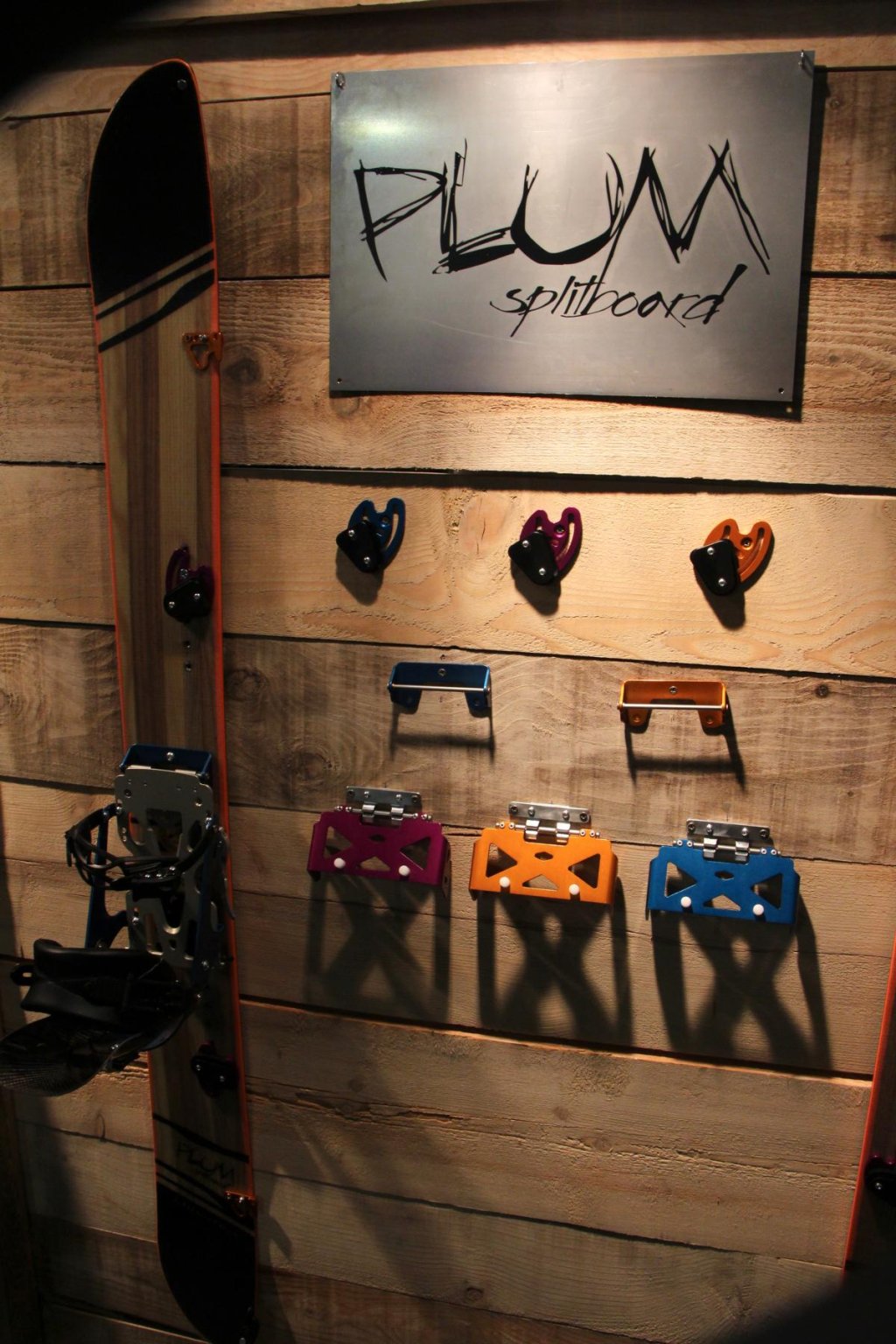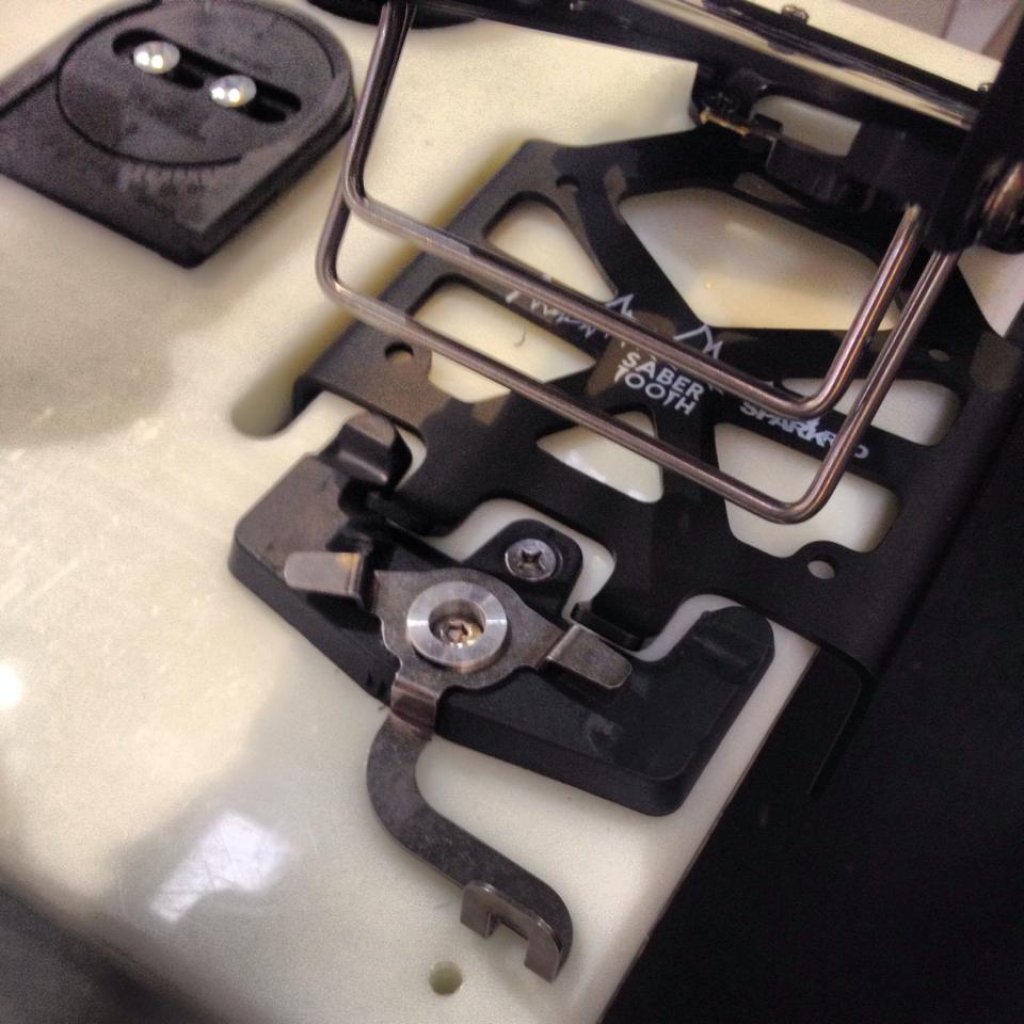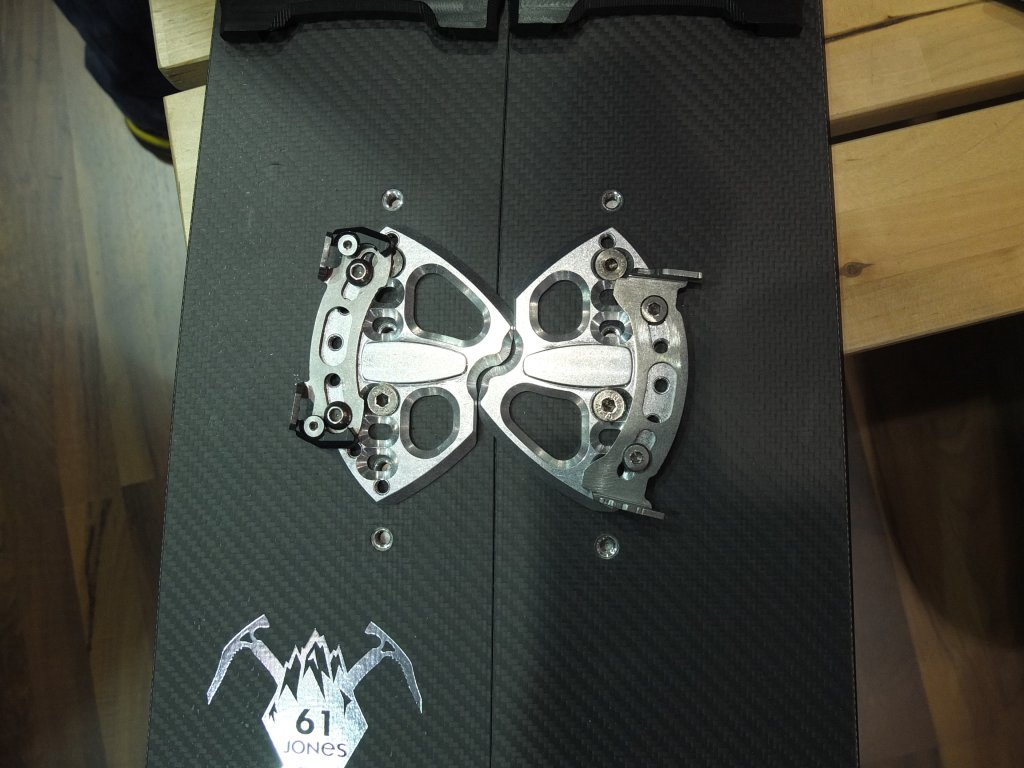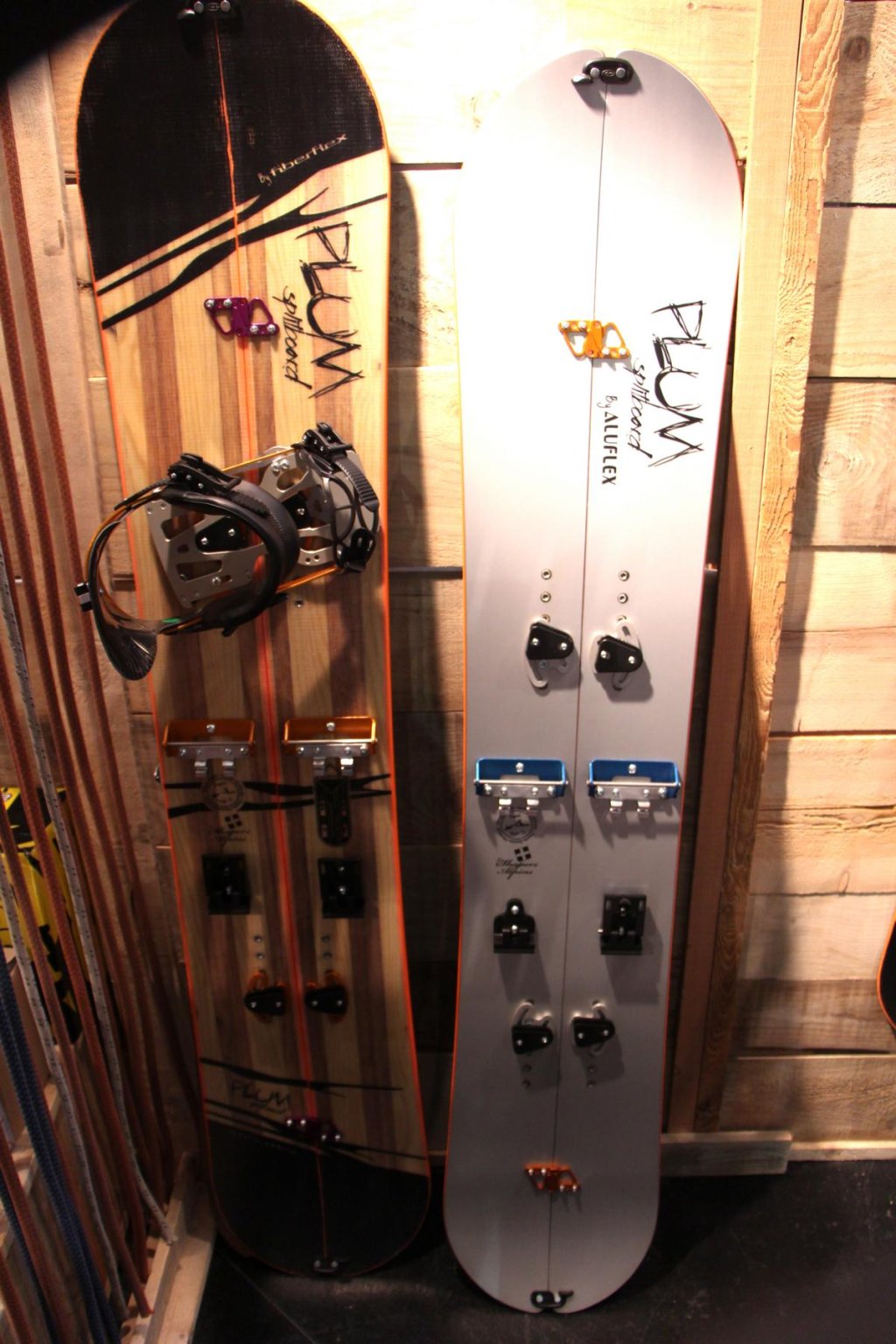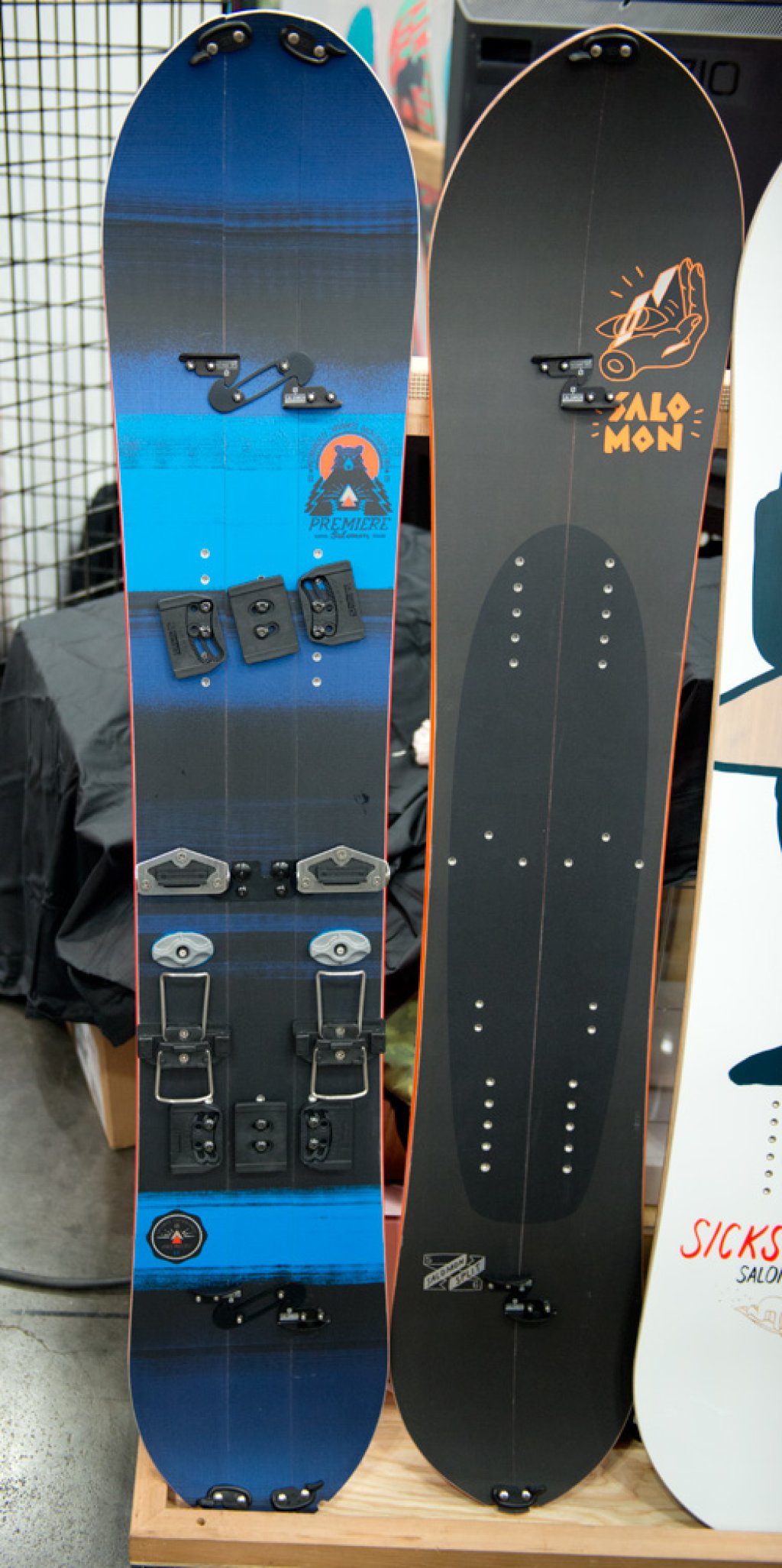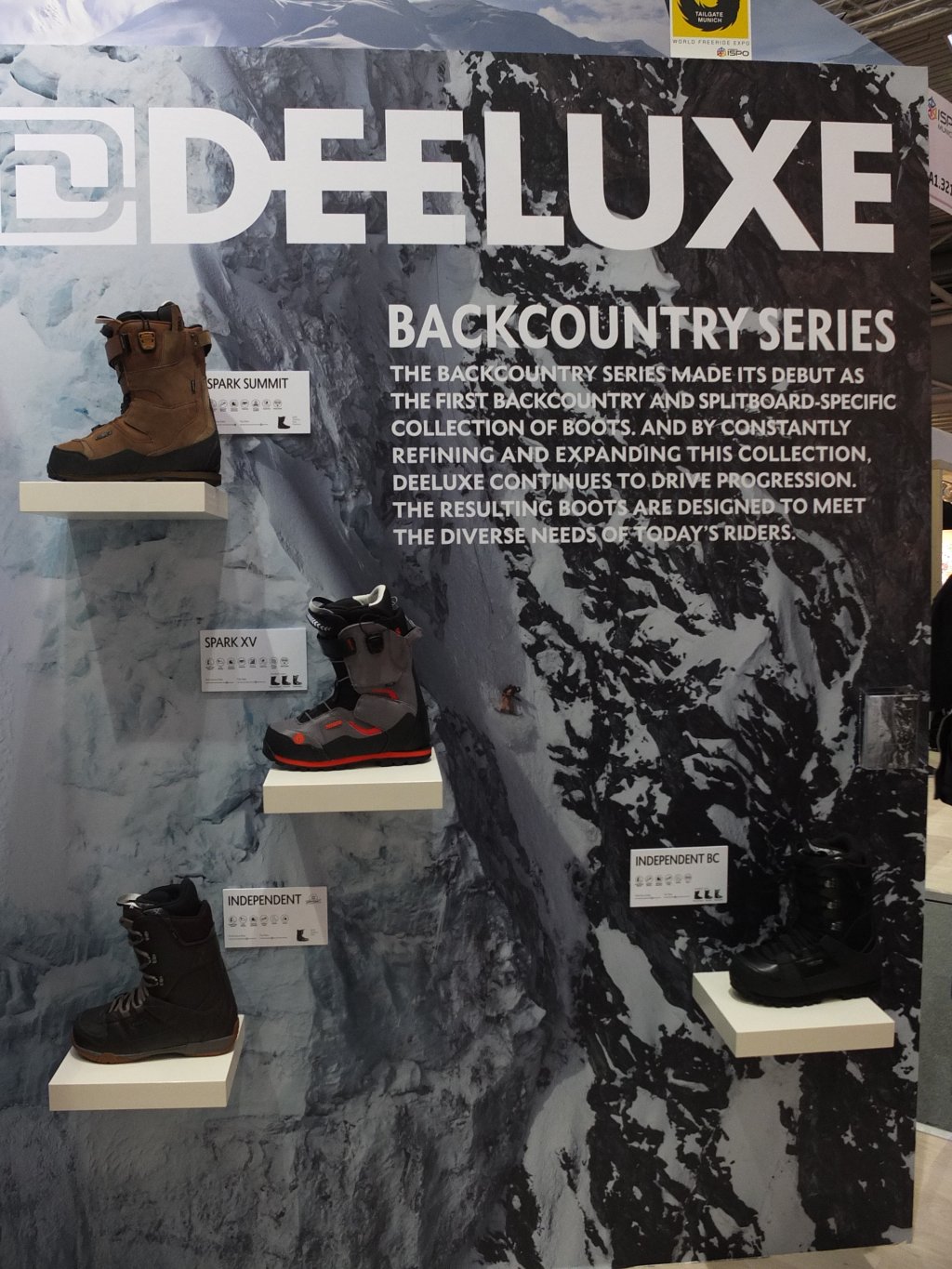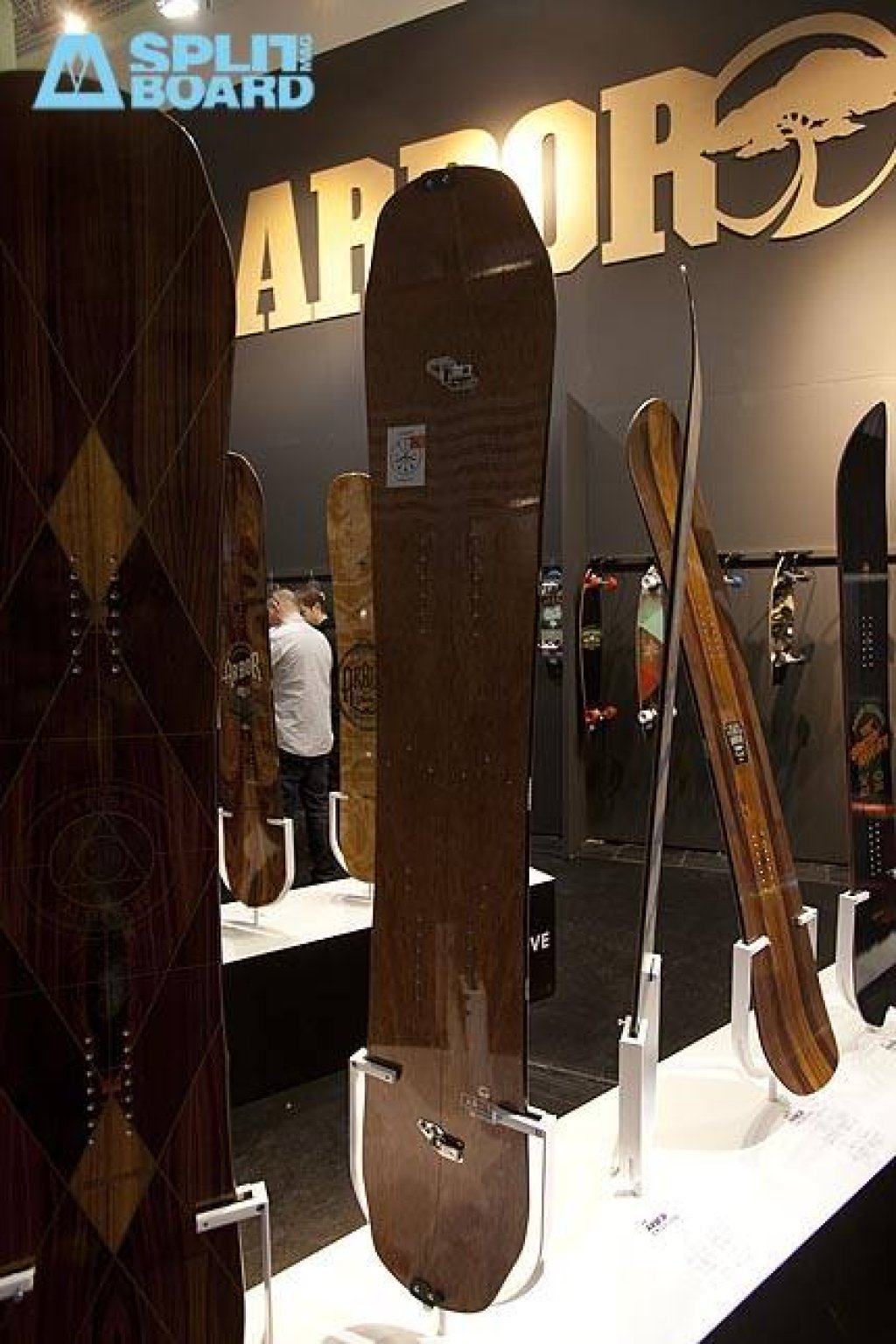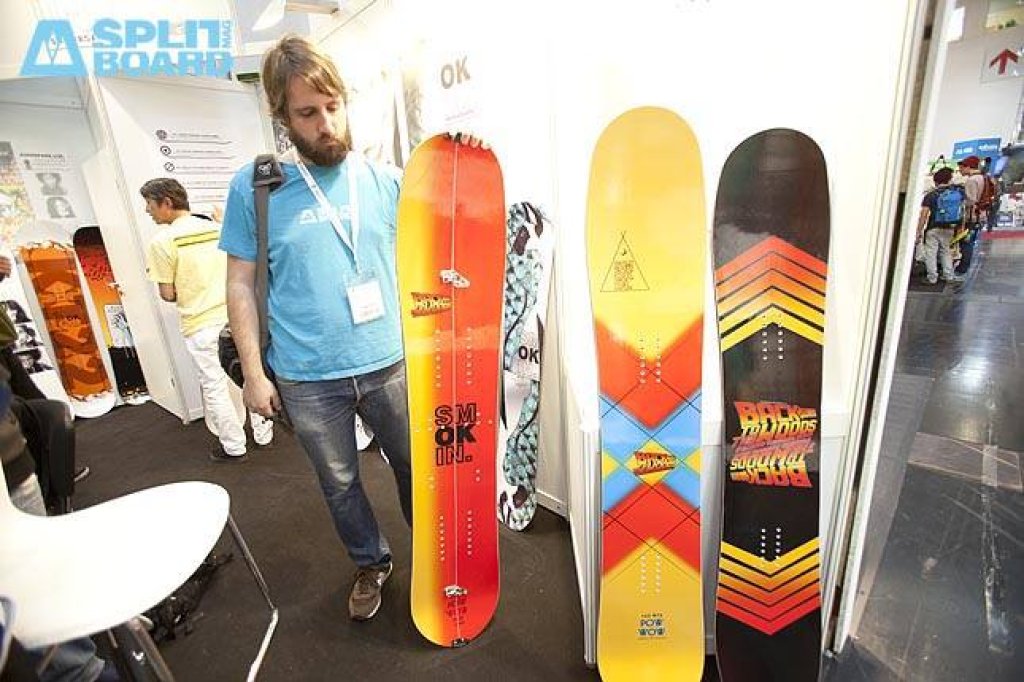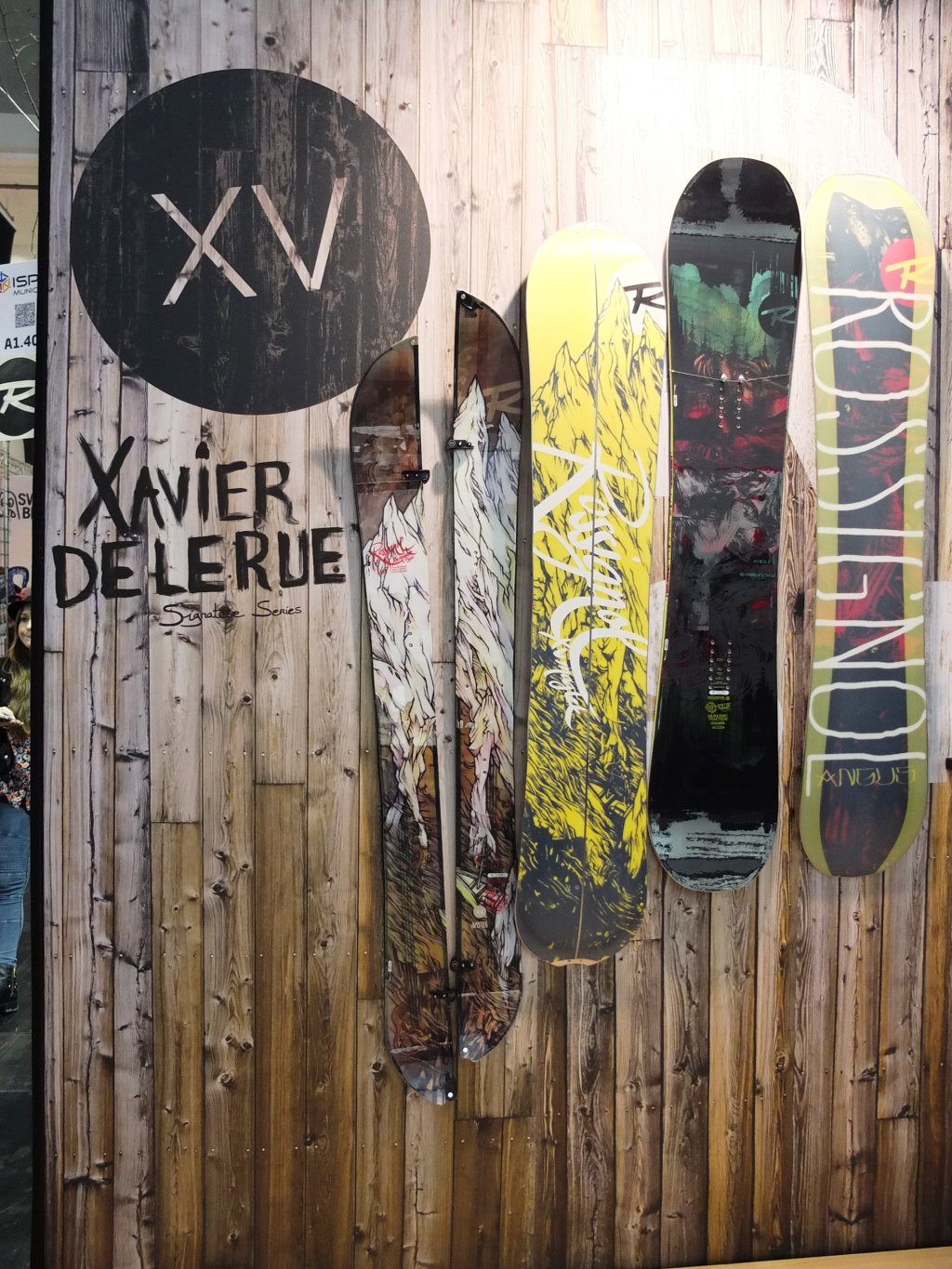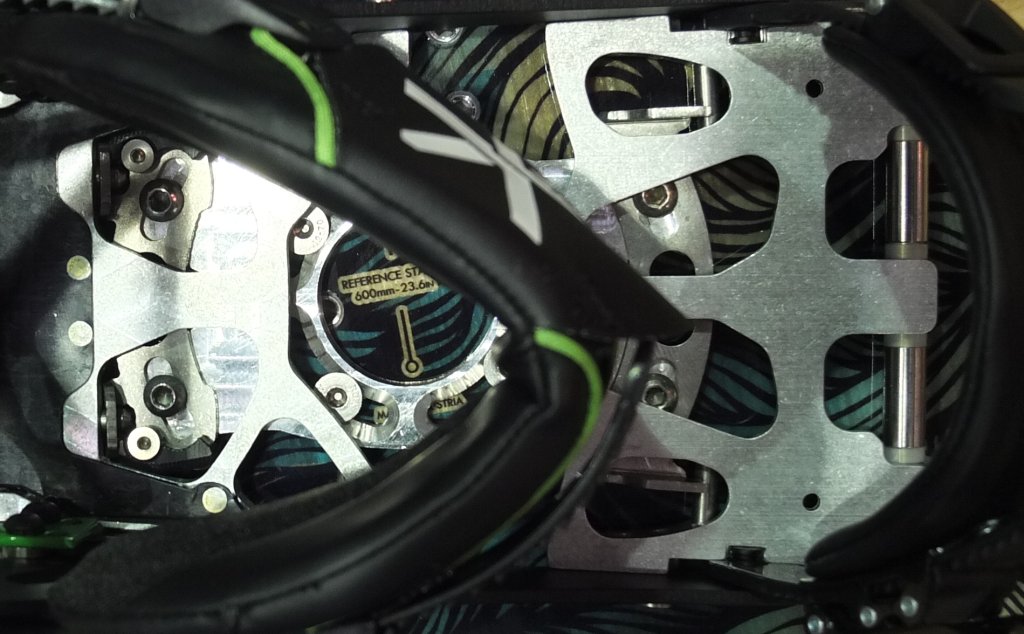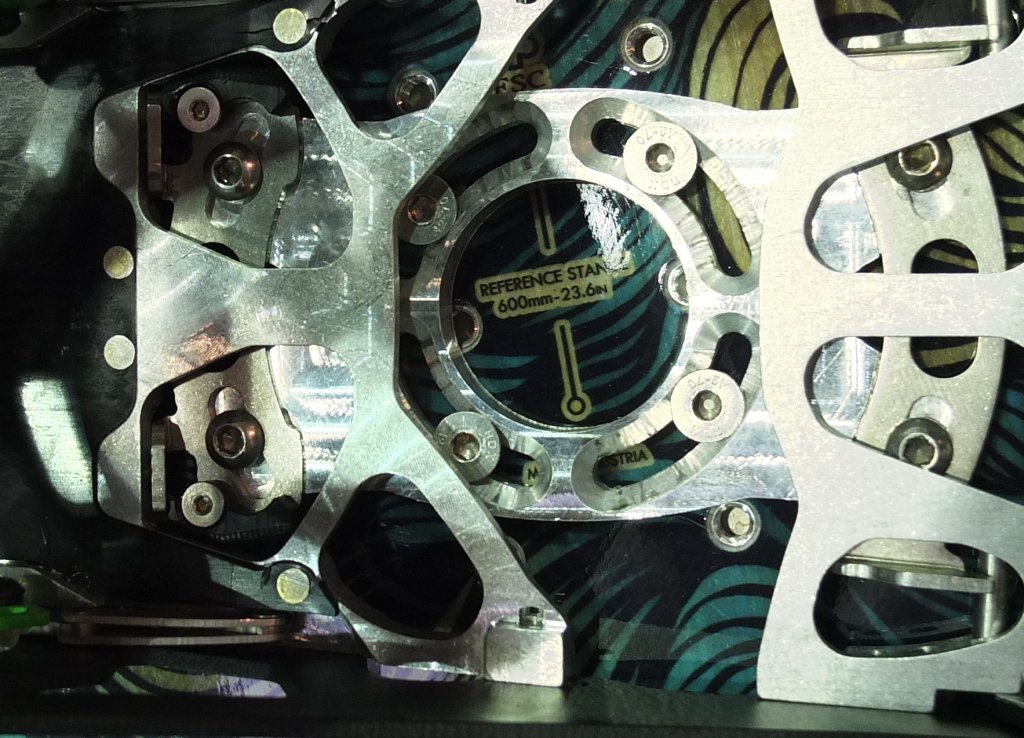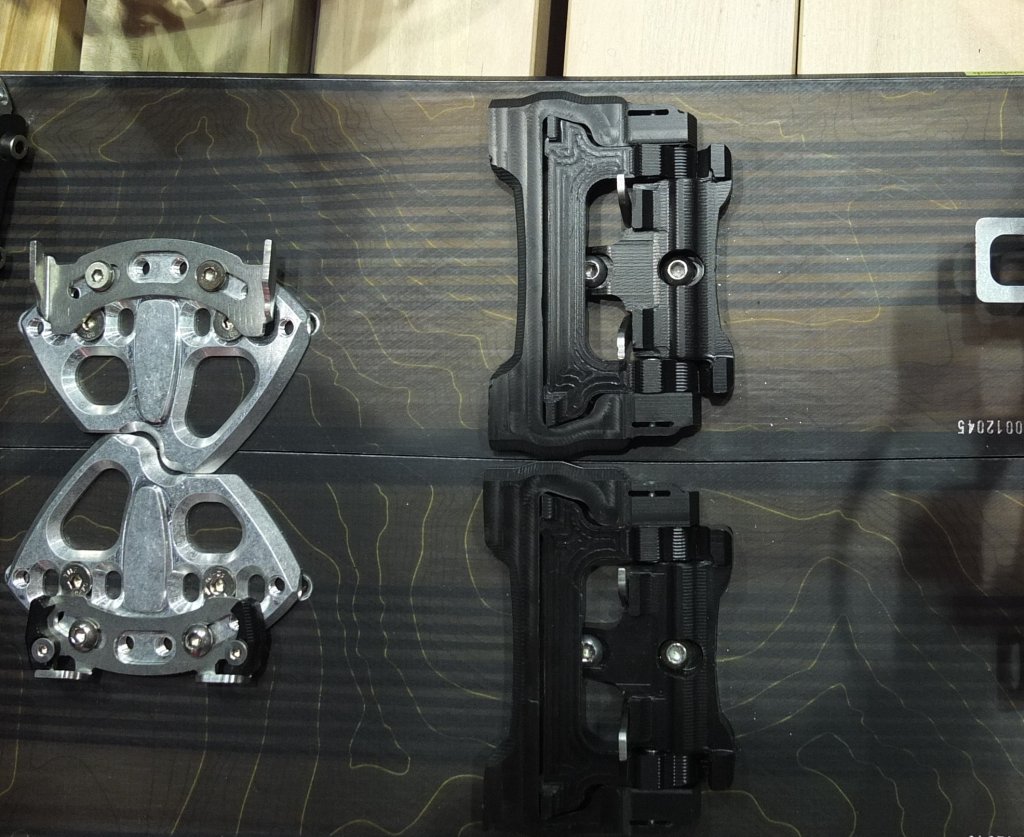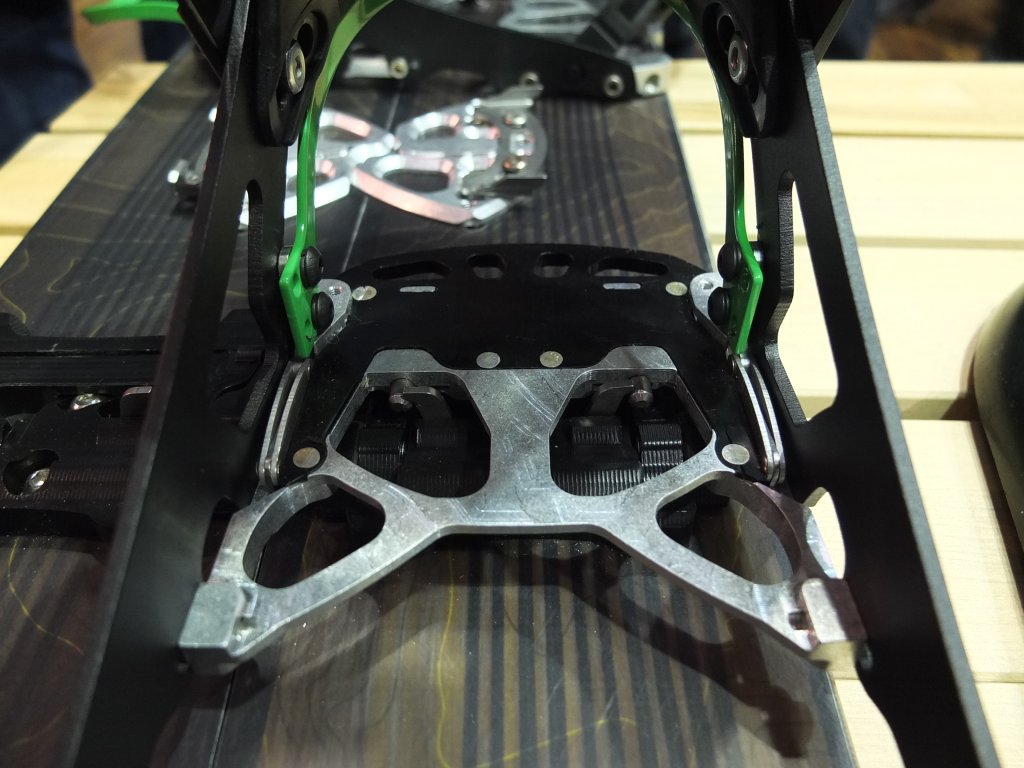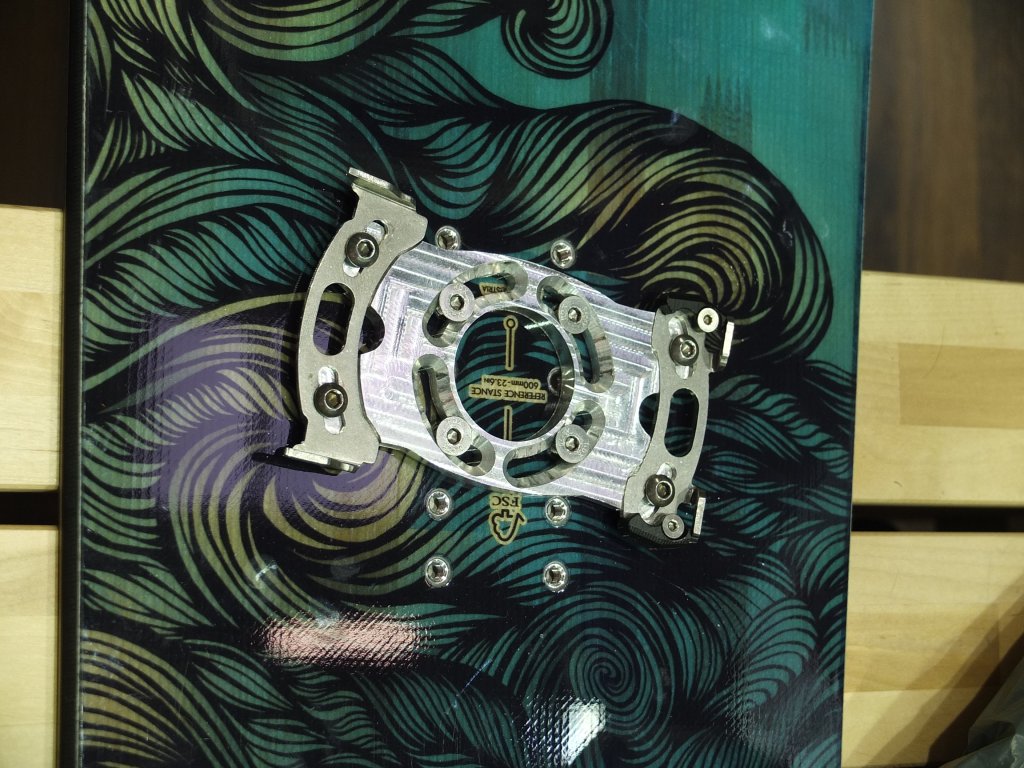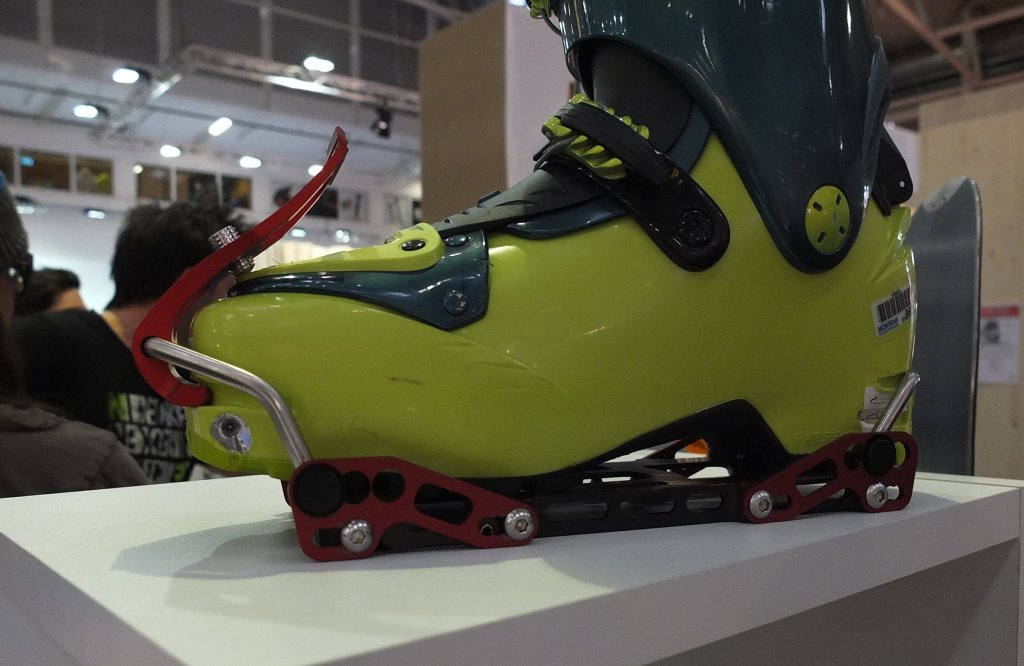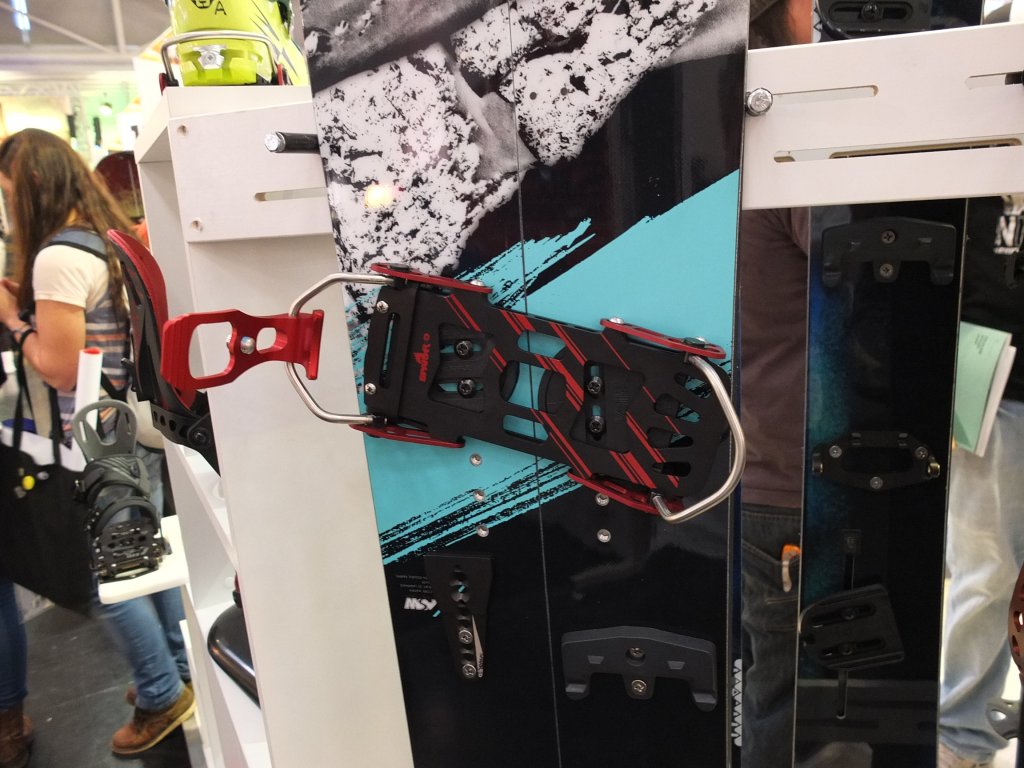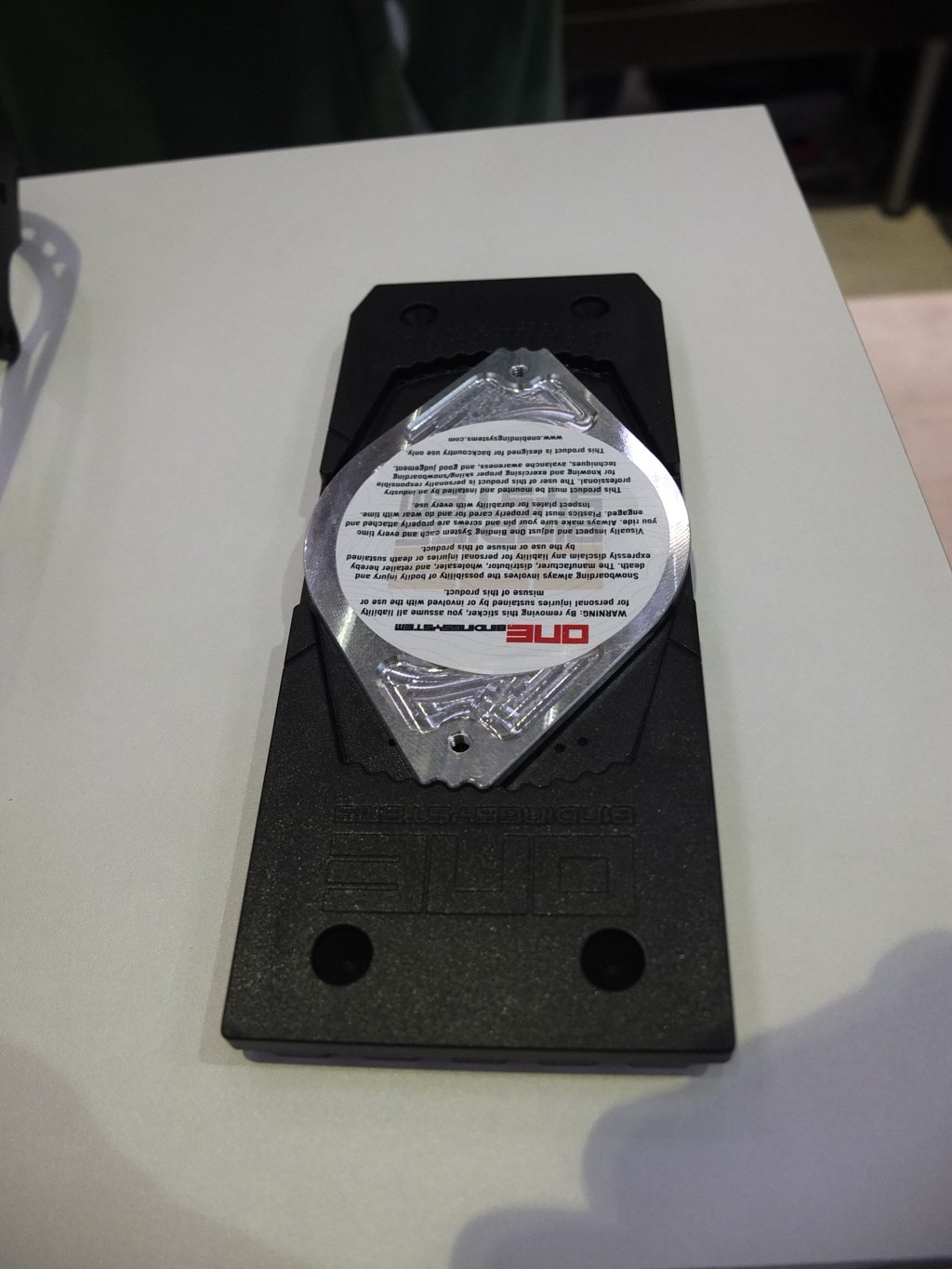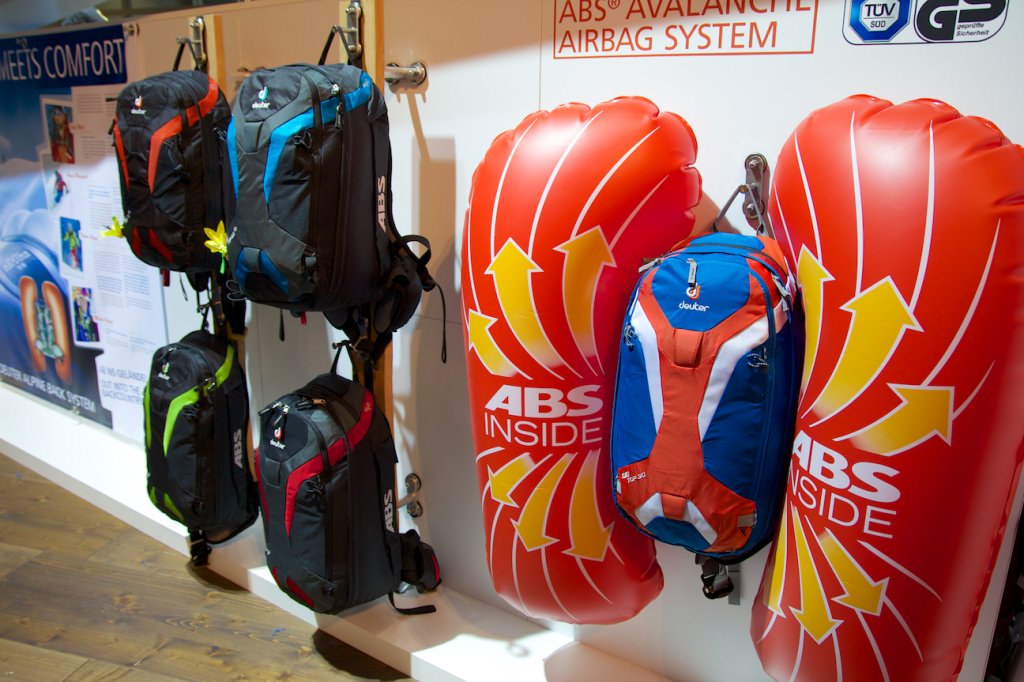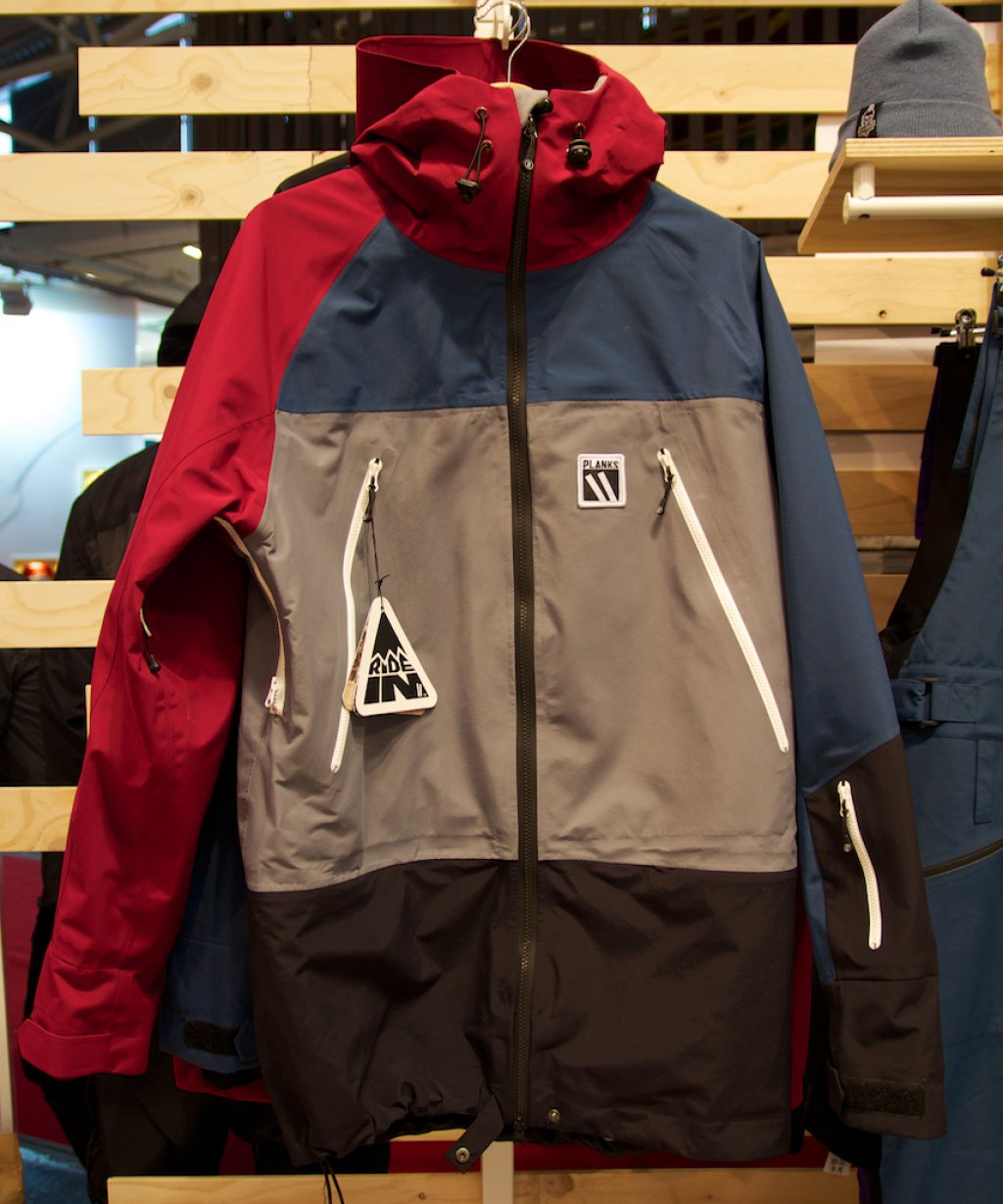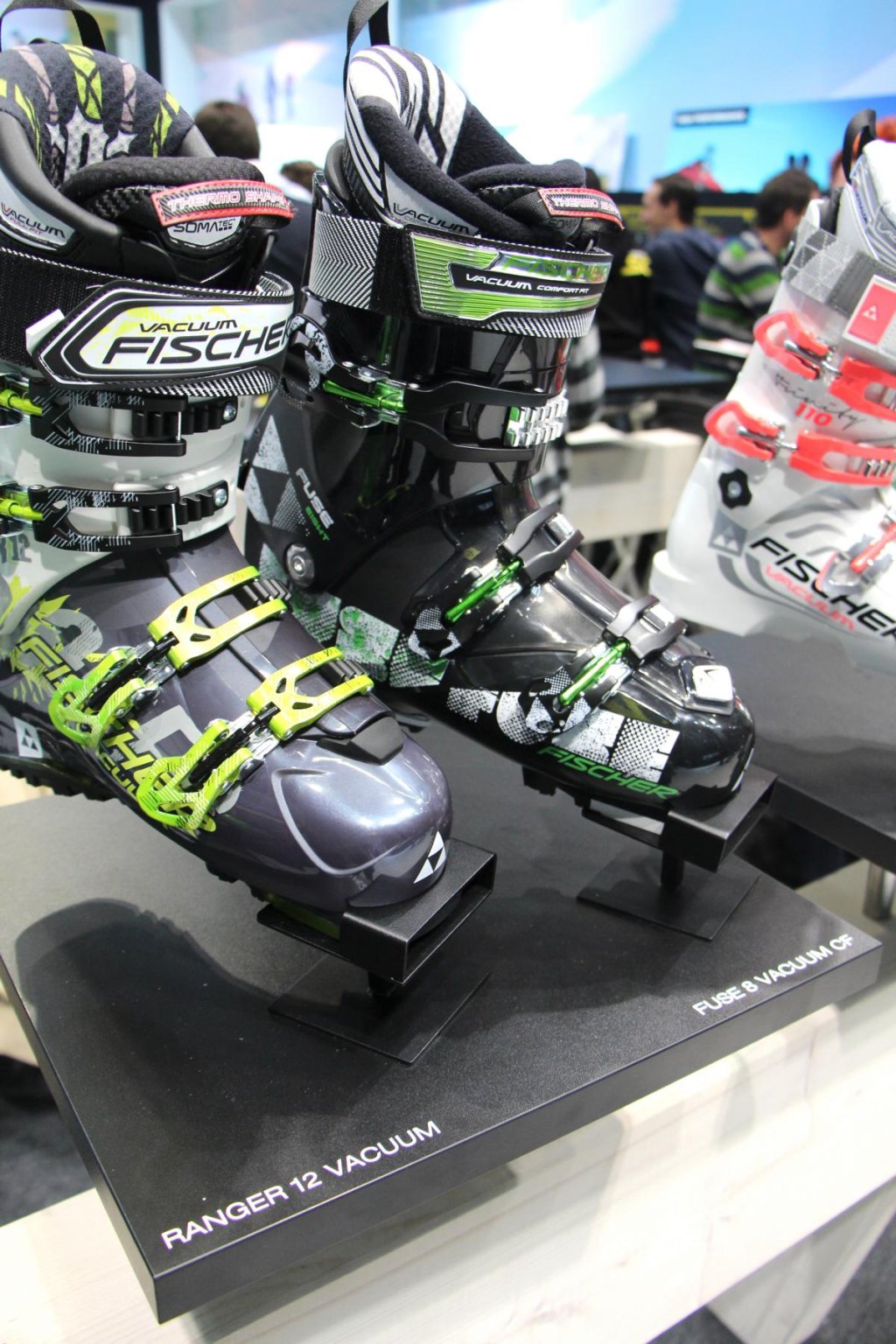In recent years, the range of splitboards and special binding systems has become ever larger and has seen a number of innovations year after year. Almost every well-known manufacturer now has at least one splitboard in its range. This year, too, there were some innovations to marvel at at ISPO.
The following is an overview of the innovations and model changes:
Binding systems:
A lot has happened with binding systems in recent years: year after year, more competitors vie for the favor of the growing number of splitboarders. The Voile system with its plastic pucks and the sliding carriage system still sets the tone, which is also reflected in the fact that almost all boards are supplied with the Voile hole pattern and the other binding systems are based on the Voile hole pattern.
An overview of the innovations from the individual brands:
Spark R&D
After Spark introduced a real further development of their system last year with the Tesla system, which has been very well received by the market so far, there are only minor changes to last year's Afterburner and Magneto models. One new feature is a simple mechanism for locking the heel to make it easier to skate on flat sections. Otherwise, the Tesla system is already close to the optimum in terms of loose parts (namely none), power transmission and weight.
A real innovation from Spark is in another segment. For the first time, Spark is launching the Dyno DH, a binding for hard boots, which should please the more ambitious snowboard tourers with Dynafit hard boots and Dynafit toe pieces, there is now an alternative to self-made bindings, or to the still very little used and expensive - but apparently outstandingly good - Phantom system.
In addition, Spark now sells the binding adapter plates from One, with which you can use your splitboard binding on the normal board. Nice.
